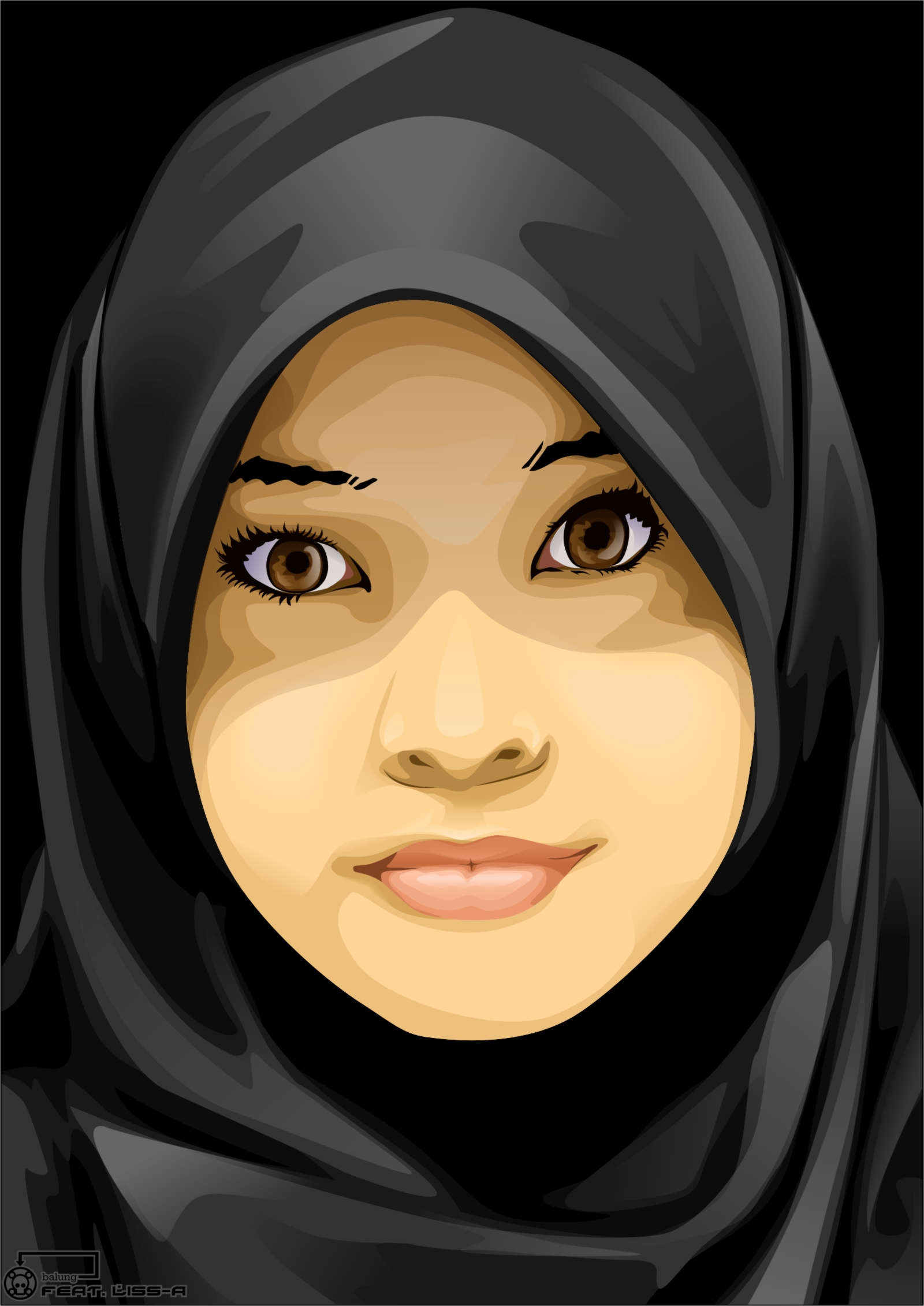
Part of my dissertation research focused on young Muslim-Turkish women in Australia. Many of them had chosen to wear hijab (headdress and modest Muslim clothing). They did so out of their new-found religious identity: these women had, over time, become more religious than their parents, even though most of their mothers did not wear hijab. This happened in response to the racism they encountered growing up. Wondering why Islam was so feared, they read up on their religion and came to a new awareness of themselves as Muslim women. Apart from their religious commitment, the women had come to see their hijab as a form of gender empowerment. It was central to their femininity that they chose to “cover.”
Whenever I would present my findings at academic conferences, I found that educated Western men were especially likely to question my findings. “Maybe these women aren’t as liberated as they think,” they would challenge me. To these White, Western men, Muslim women could only be a singular, passive object of oppression. To think otherwise would invert the power that Western culture places on men to define all women as recipients of bodily attention. In reality, Muslim women are diverse; some are secular, others are religious – the same as non-Muslims. But seeing Muslim women in the same complex light as we see Westerners does not fit the dominant narrative of what the West wants to believe about Muslim women.
Writing for Salon, Istanbul teacher and feminist Maria Khwaja shares what it feels like to be “Othered” as a Muslim woman. That is, what it means to always being defined as “different.” She notes she is pitied, feared and judged according to Western values. Feminists want to save her or condemn her for her religious identity, but she is not seen as capable of autonomy. She is not seen as an agent of change.
Khwaja writes:
“Everyone demands my story but no one believes it. My cover is made of caramel skin and a double-x chromosome. This is what everyone judges; there is no other cover to hide behind.We are banned books, coveted and hated, defiled or held up as symbols of grand ideals that we may or may not represent. It means I do not know enough to speak for myself. It means that my content, my beliefs, for so many people on both sides, are obviously imbalanced and in need of some editing. It means that no one wants to hear my story but everyone wants to have an opinion about me.”
Art by balung


Hi Mark C It is a sign of religiosity. Above all else, it’s a symbol of religious commitment to Allah (God).
Other secondary social meanings are to do with gender identity. Some Muslim women say it’s empowering to wear hijab (headdress and clothing) and some Muslim feminists will agree. Other Muslim women scholars dispute that the Qur’an and hadiths (religious texts) proscribe head covering. They see that you can be deeply committed to Islam and not necessarily wear hijab.
For other women still, it is a cultural custom as well as religious. Sometimes it’s because they come from an Islamic state, otherwise it’s something that women grow up doing and it’s expected in their families. (Though again, not all Muslim women will cover their hair.) I discuss these meanings in my study above if you’d like some references.
LikeLike